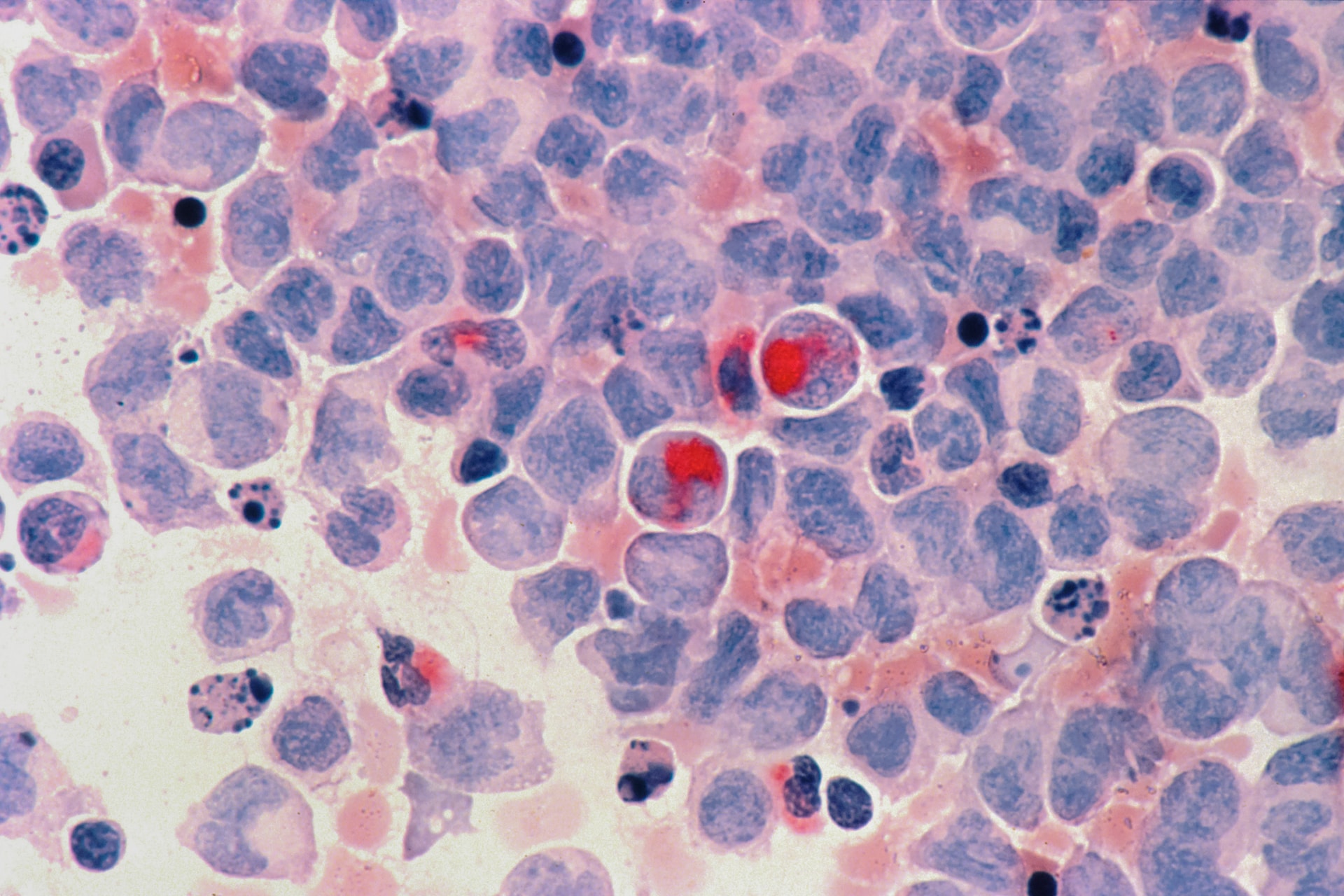Understanding Pain
Before diving into pain management techniques, it’s essential to understand pain itself:
- Types of Pain: Pain can be categorized as acute (sudden and short-term) or chronic (long-lasting). It can also be nociceptive (resulting from damage to body tissues) or neuropathic (related to nerve damage).
- Pain Assessment: Assessing pain involves evaluating its intensity, location, duration, and the factors that aggravate or alleviate it. This information helps in selecting appropriate pain management strategies.
Pain Management Strategies
1. Medications
- Over-the-Counter (OTC) Medications: Non-prescription pain relievers like ibuprofen (Advil) or acetaminophen (Tylenol) can help manage mild to moderate pain.
- Prescription Medications: For severe pain, your healthcare provider may prescribe stronger medications, such as opioids or muscle relaxants. It’s crucial to use these medications as directed and be aware of potential side effects.
2. Physical Therapy
- Physical therapy can address pain stemming from musculoskeletal issues or injuries. Therapists use exercises, stretches, and techniques to improve strength, flexibility, and mobility.
3. Exercise
- Regular, low-impact exercise, such as walking, swimming, or cycling, can help reduce chronic pain and improve overall physical function. Consult with a healthcare provider before starting a new exercise program.
4. Mind-Body Techniques
- Techniques like mindfulness meditation, yoga, and deep breathing exercises can help manage pain by promoting relaxation and reducing stress.
5. Heat and Cold Therapy
- Applying heat or cold to the affected area can alleviate pain. Cold therapy is often used for acute injuries, while heat therapy is useful for muscle tension or chronic pain.
6. Acupuncture
- Acupuncture involves the insertion of thin needles into specific points on the body. Many people find relief from chronic pain conditions through acupuncture.
7. Massage Therapy
- Massage therapy can help relax muscles, improve circulation, and reduce tension, leading to pain relief.
8. Dietary Changes
- An anti-inflammatory diet, rich in fruits, vegetables, whole grains, and omega-3 fatty acids, can help reduce inflammation and pain in conditions like arthritis.
9. Psychological Support
- Pain can take a toll on mental health. Cognitive-behavioral therapy (CBT) and counseling can help individuals develop coping strategies and manage the emotional aspects of pain.
10. Medication Management
- If you’re taking prescription pain medication, work closely with your healthcare provider to manage the dosage and monitor for side effects or dependence.
Conclusion
Living with pain can be challenging, but effective pain management strategies can significantly improve your quality of life. Remember that every individual’s experience of pain is unique, so it’s essential to work closely with healthcare professionals to develop a personalized pain management plan. By combining various approaches, such as medication, physical therapy, and lifestyle changes, you can find relief and regain control over your life. Don’t let pain hold you back; seek help and explore the strategies that work best for you.





